by Emery Feb 20,2025
Unlocking Minecraft's Wooden Wonders: A Comprehensive Guide to Wood Types and Uses
This guide explores Minecraft's twelve primary wood types, detailing their unique characteristics and optimal applications within the game. Beyond simple crafting, we'll delve into how each wood contributes to diverse building styles and gameplay strategies.
Table of Contents
Oak
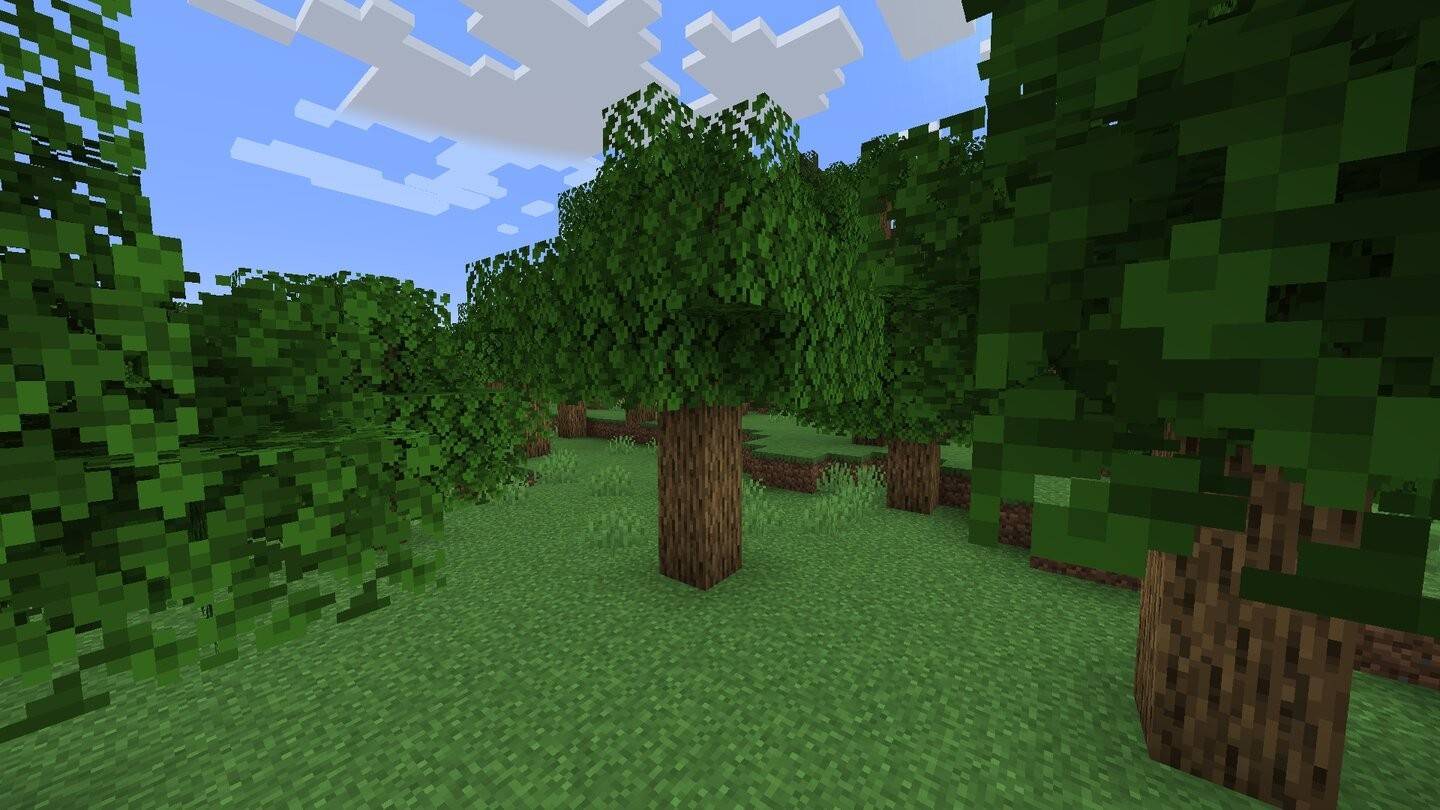 Image: ensigame.com
Image: ensigame.com
Ubiquitous except in deserts and icy tundras, oak's versatility shines. Craft planks, sticks, fences, ladders – the possibilities are endless. Oak trees yield apples, a valuable early-game food source and golden apple ingredient. Its neutral tone suits various architectural styles, from rustic charm to modern cityscapes.
Birch
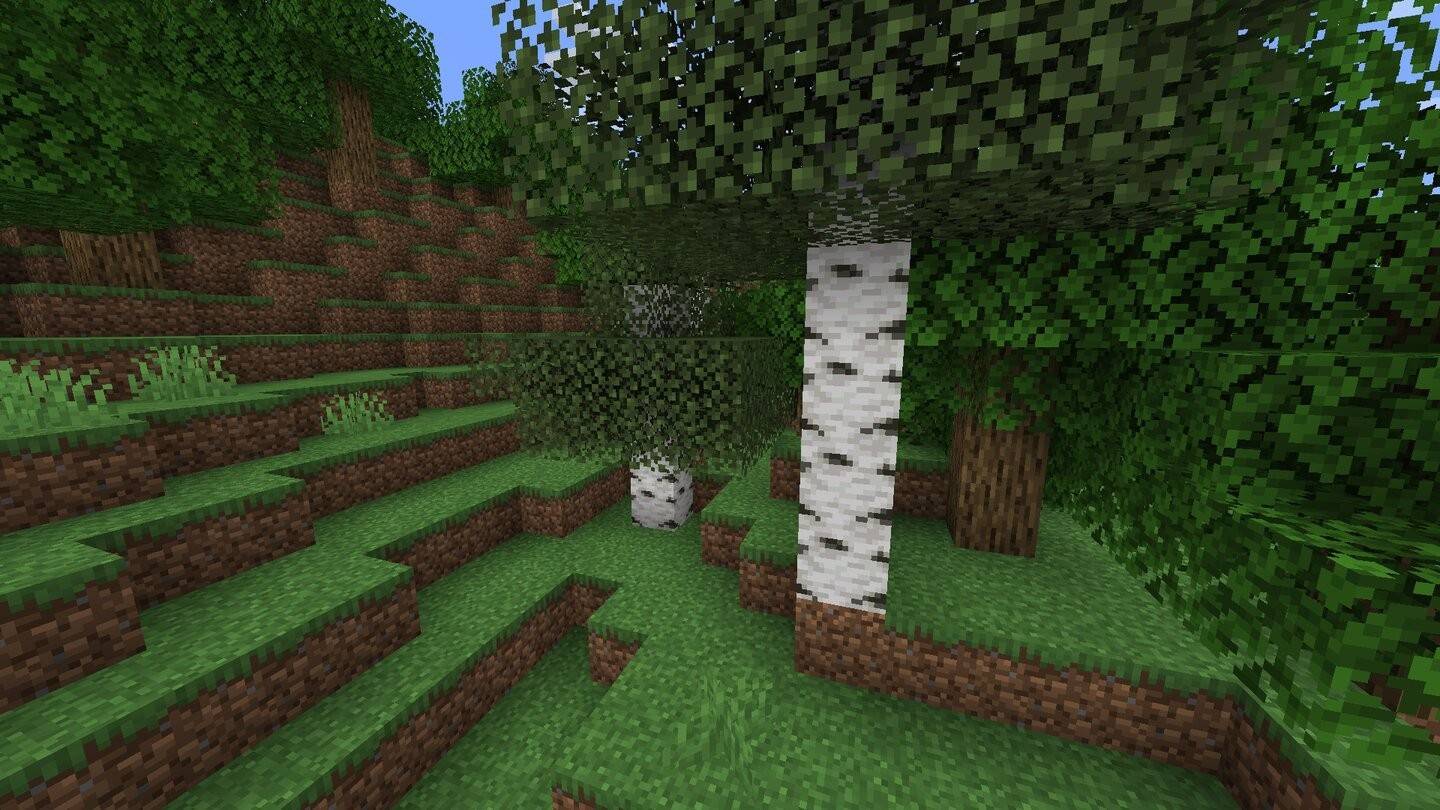 Image: ensigame.com
Image: ensigame.com
Found in birch and mixed biomes, birch wood's light, patterned texture lends itself to modern and minimalist designs. It pairs beautifully with stone and glass, creating bright, airy interiors.
Spruce
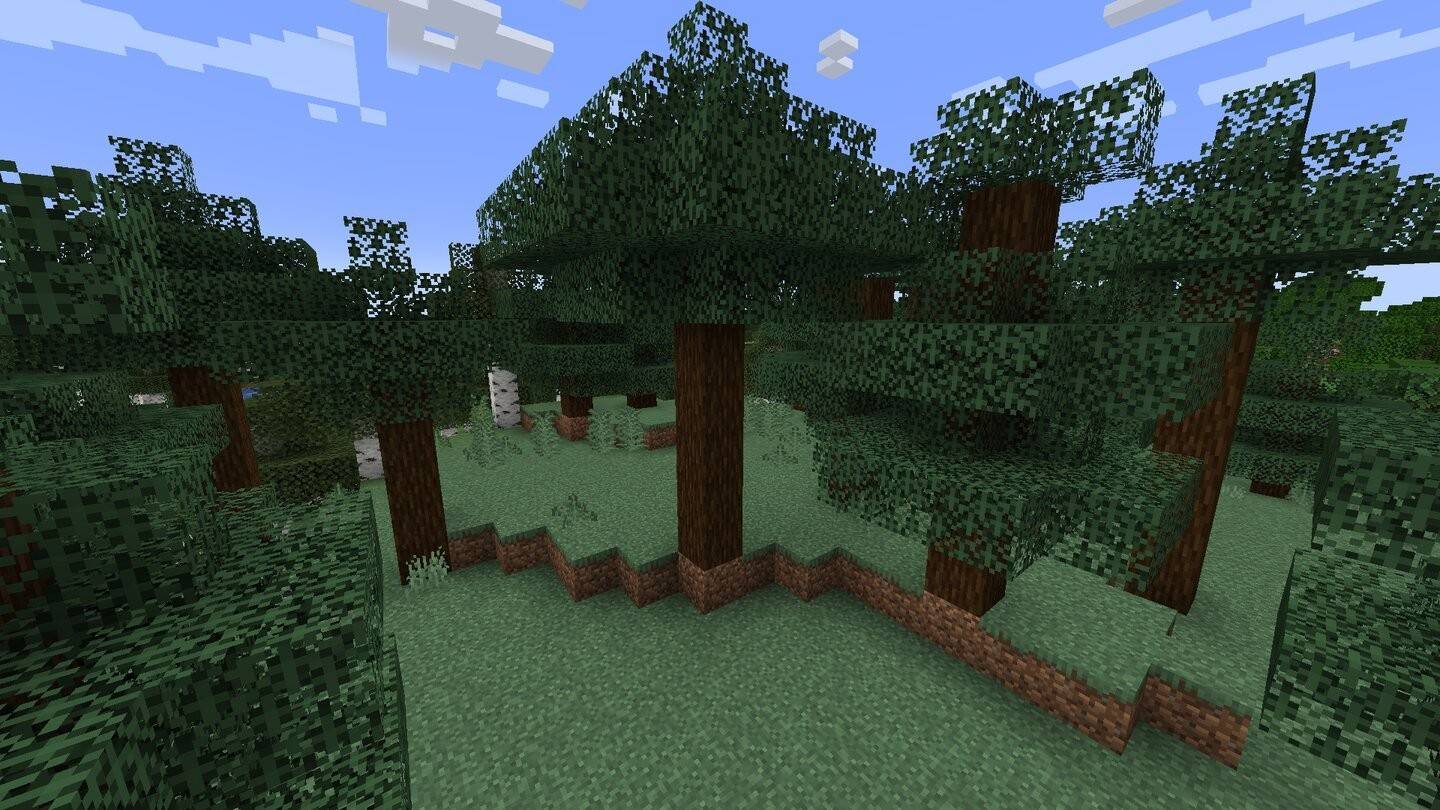 Image: ensigame.com
Image: ensigame.com
Dark spruce wood evokes gothic and grim aesthetics. Its height presents a harvesting challenge, but the reward is a robust, warm texture ideal for medieval castles, bridges, and country homes. Common in taiga and snowy biomes.
Jungle
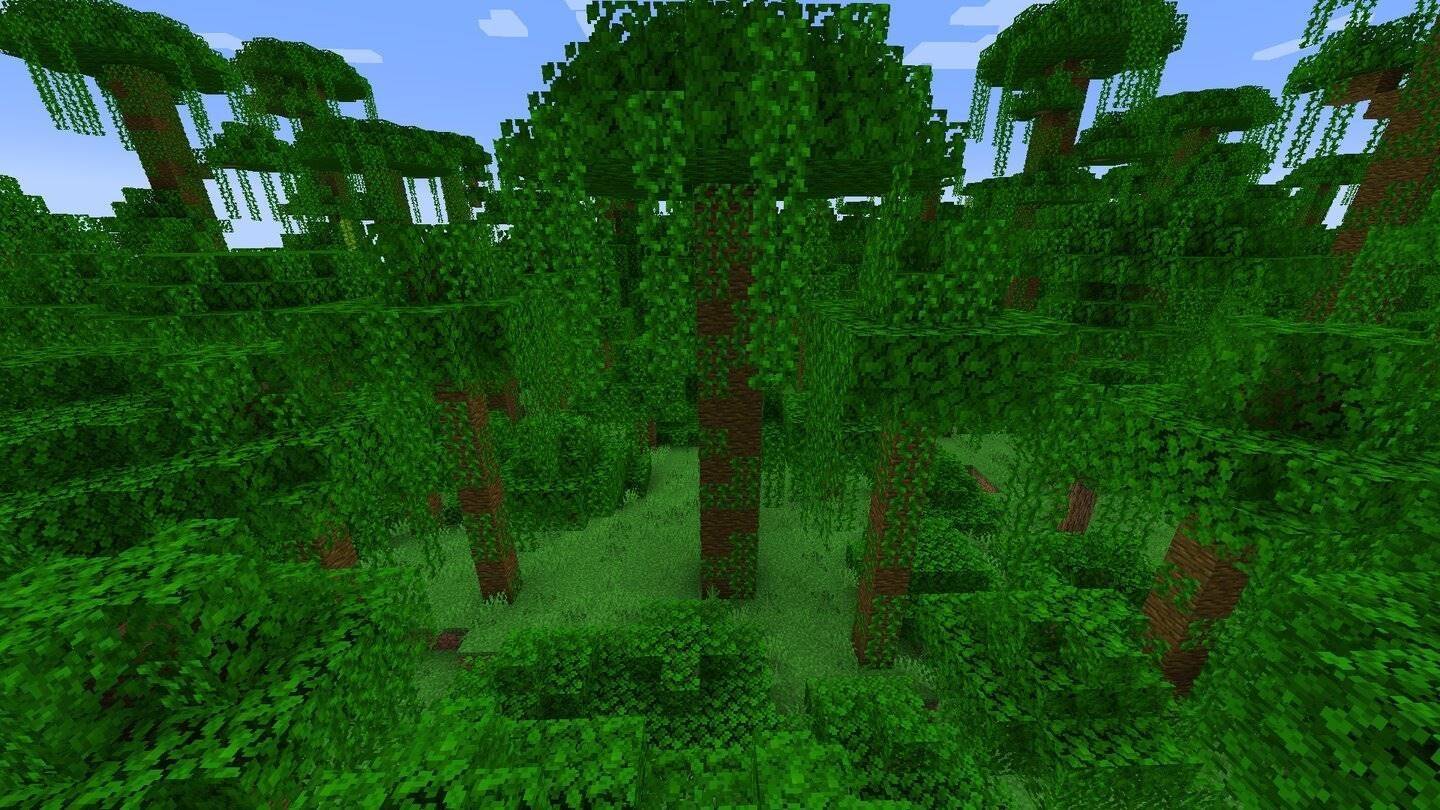 Image: ensigame.com
Image: ensigame.com
These towering trees, exclusive to jungle biomes, boast a bright hue perfect for decorative accents. Their cocoa bean yields make them essential for cocoa farming. Jungle wood's exotic appearance is perfect for adventure-themed builds and pirate lairs.
Acacia
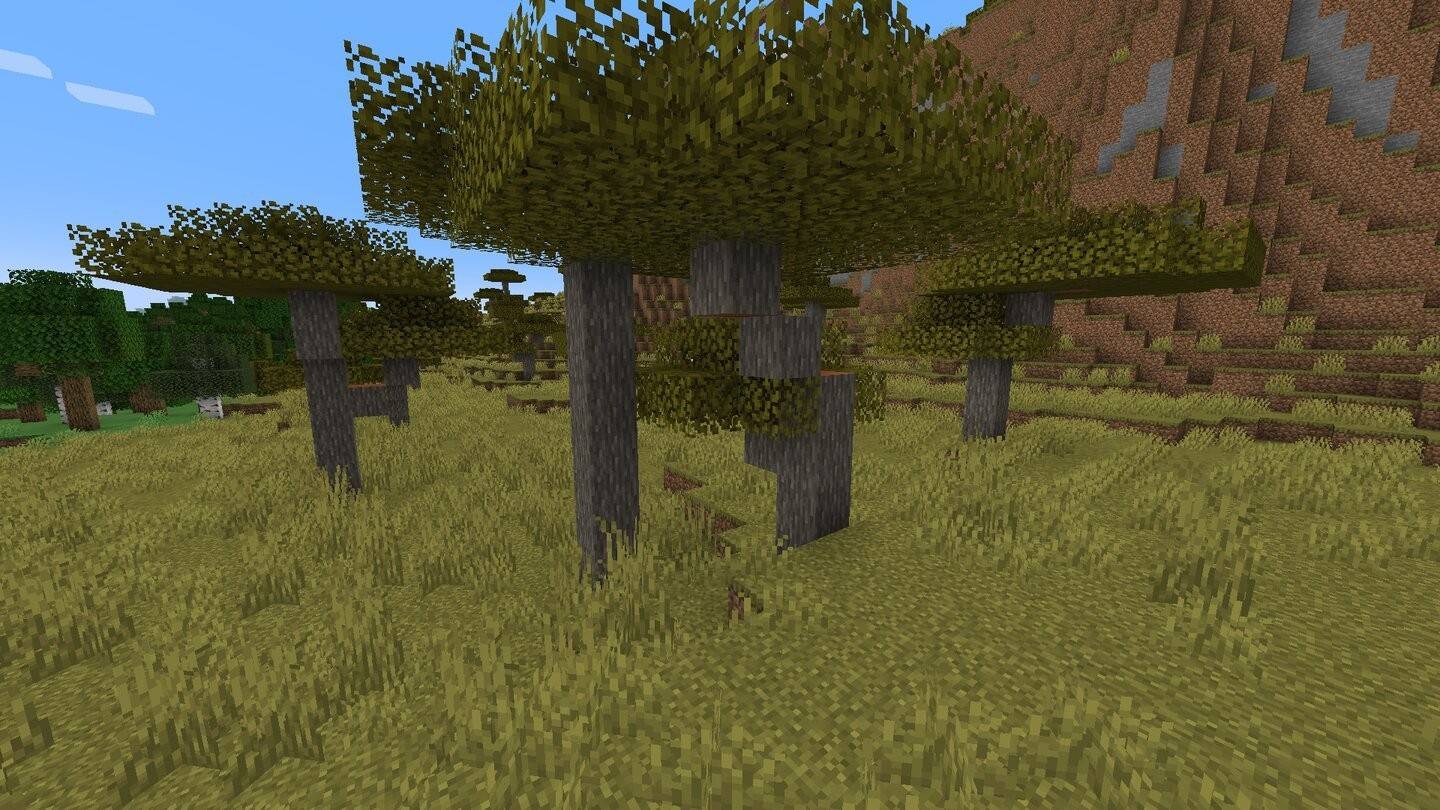 Image: ensigame.com
Image: ensigame.com
Acacia's reddish tint complements desert biomes. Its unique, horizontally spreading branches lend themselves to ethnic-style villages, desert bridges, and African-inspired constructions.
Dark Oak
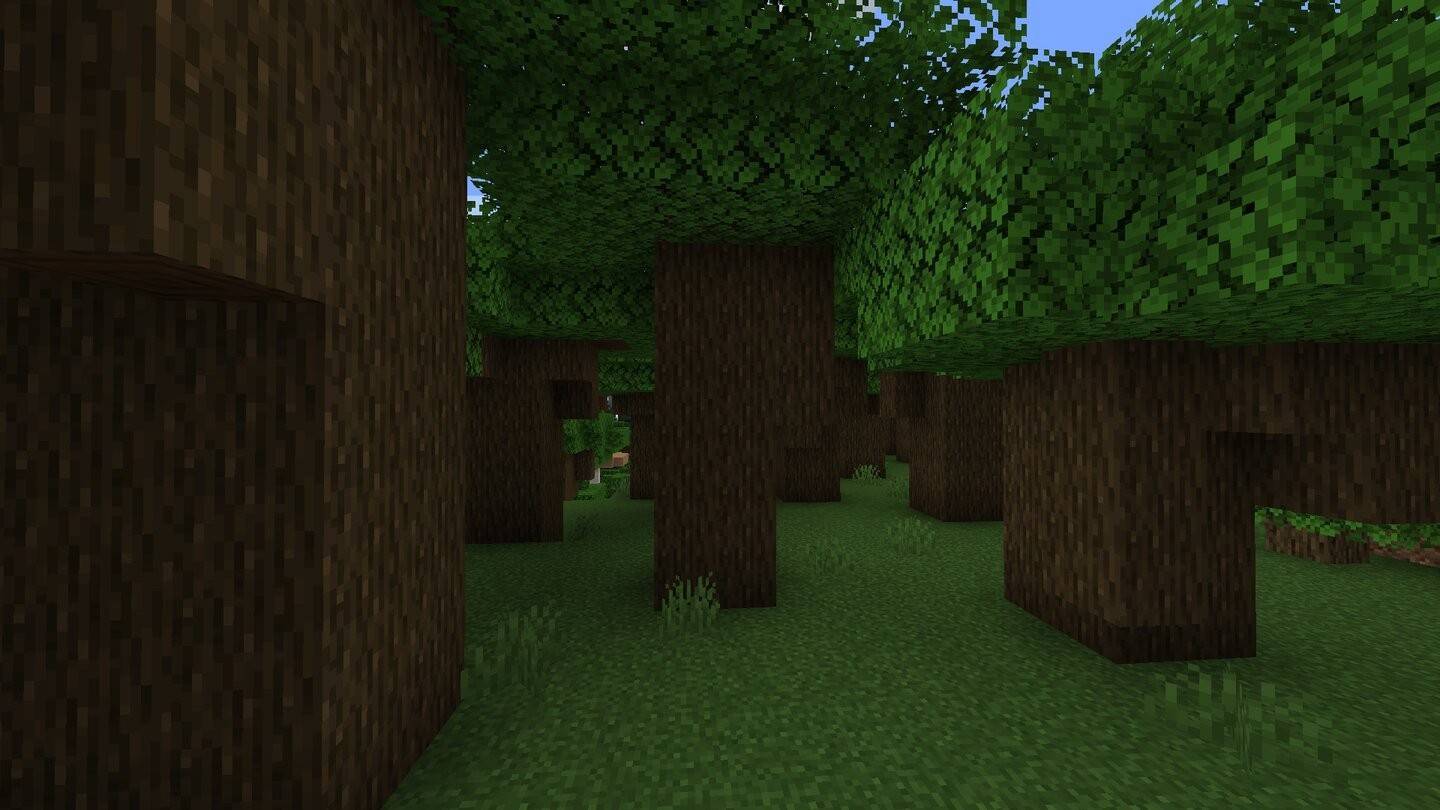 Image: ensigame.com
Image: ensigame.com
Rich, chocolate-brown dark oak is a favorite for castles and medieval builds. Found only in Roofed Forests, it requires four saplings to plant. Its deep texture creates luxurious interiors and imposing doors.
Pale Oak
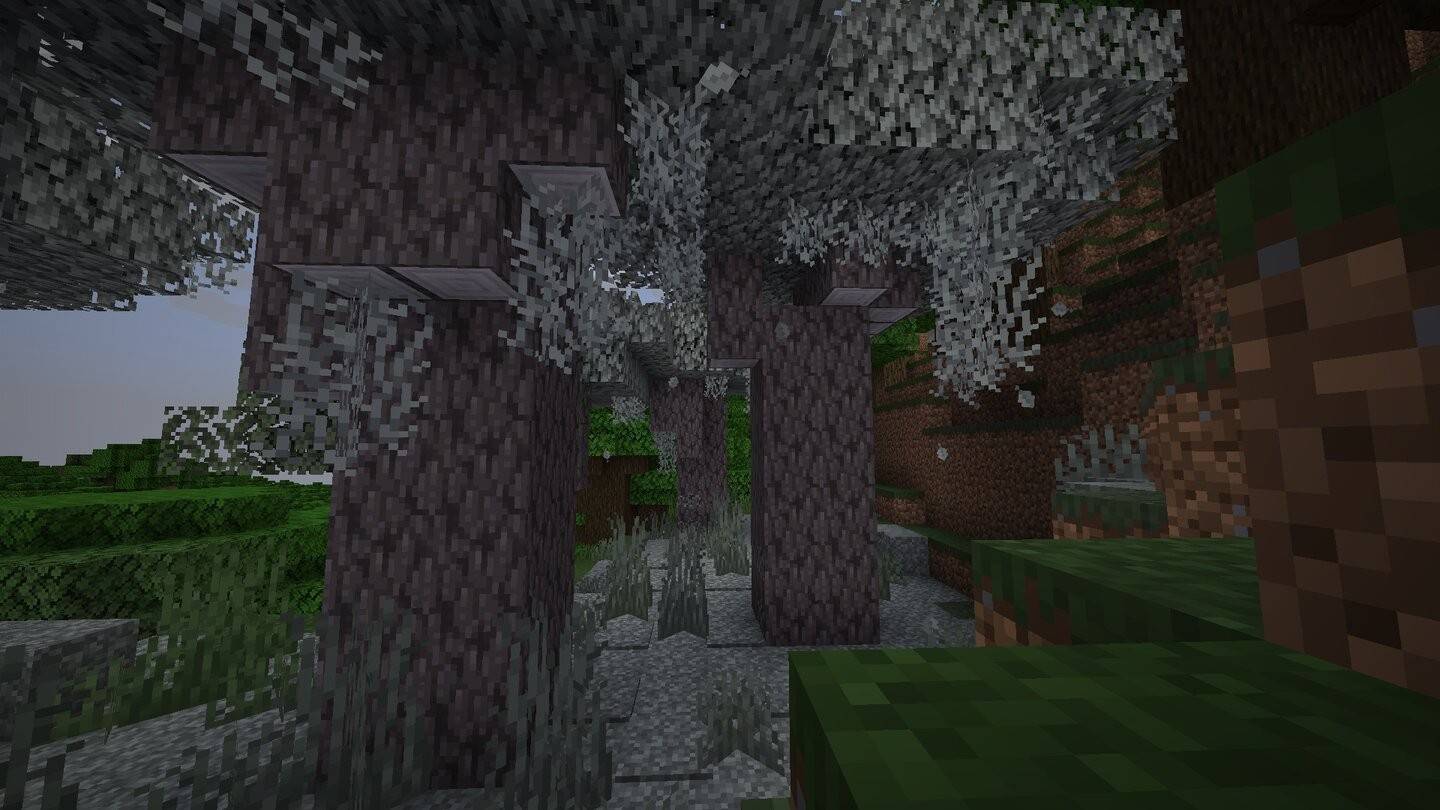 Image: ensigame.com
Image: ensigame.com
A rare find in Pale Garden biomes, pale oak mirrors dark oak's texture but in gray tones. Its hanging moss and "skripcevina" (summoning aggressive "skripuns" at night) add unique gameplay elements. The contrasting colors with dark oak offer exciting design possibilities.
Mangrove
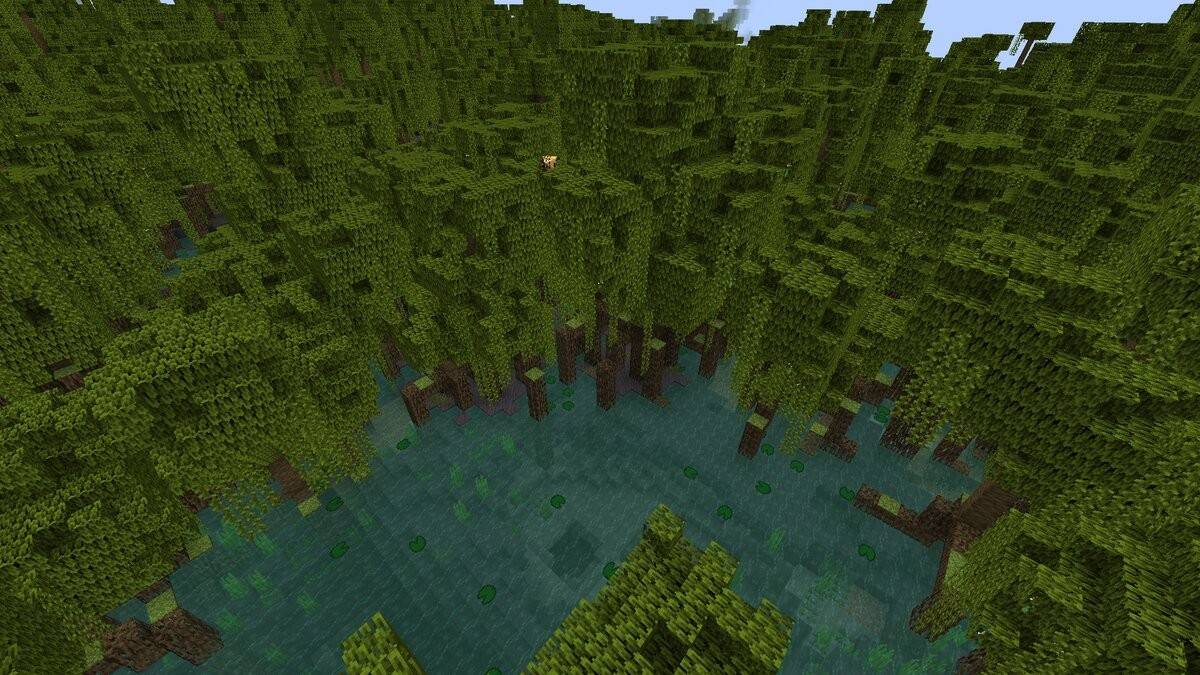 Image: youtube.com
Image: youtube.com
A recent addition, mangrove wood's reddish-brown hue and root system add authenticity to swamp-themed structures, piers, and bridges. Found in mangrove swamps.
Warped
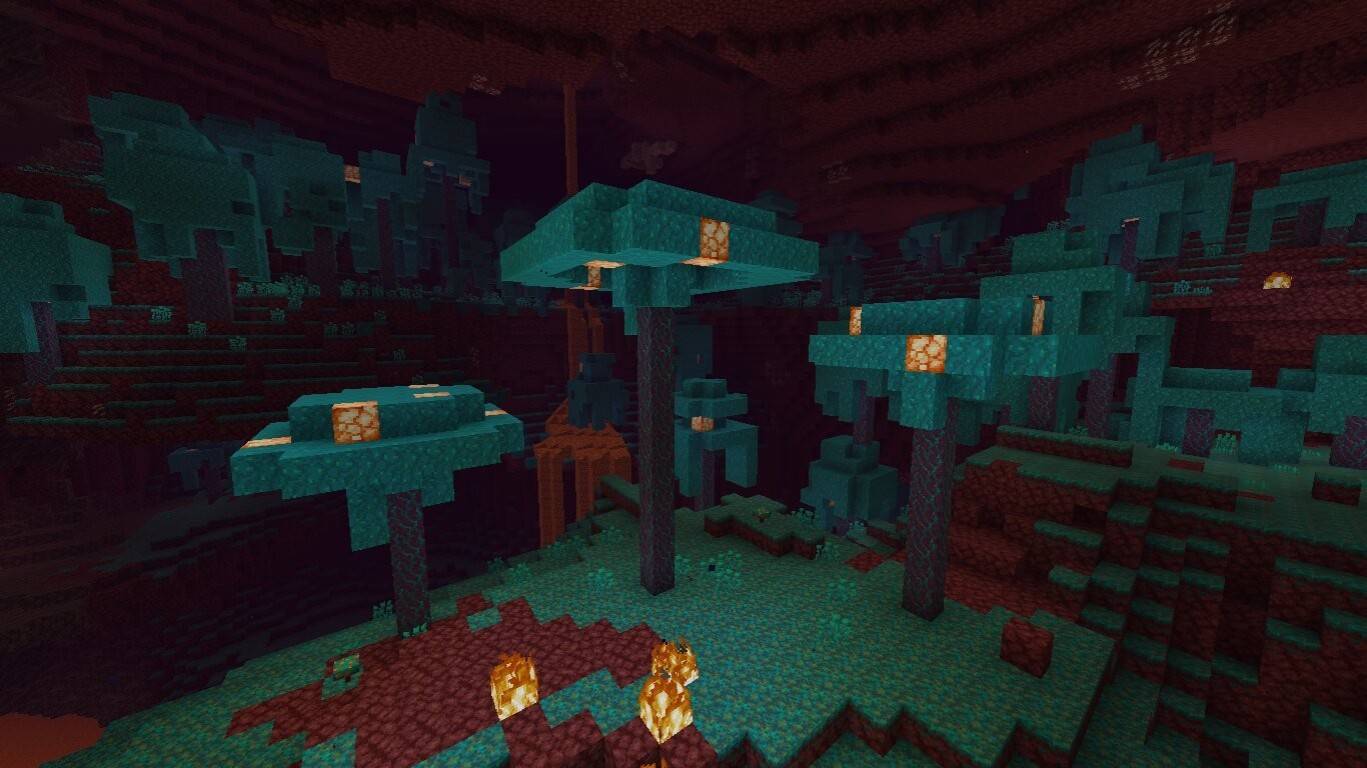 Image: feedback.minecraft.net
Image: feedback.minecraft.net
One of the Nether's two wood types, warped wood's turquoise color creates unique fantasy builds. Its bright texture is ideal for magic towers, mystical portals, and decorative gardens. Nether wood is fire-resistant.
Crimson
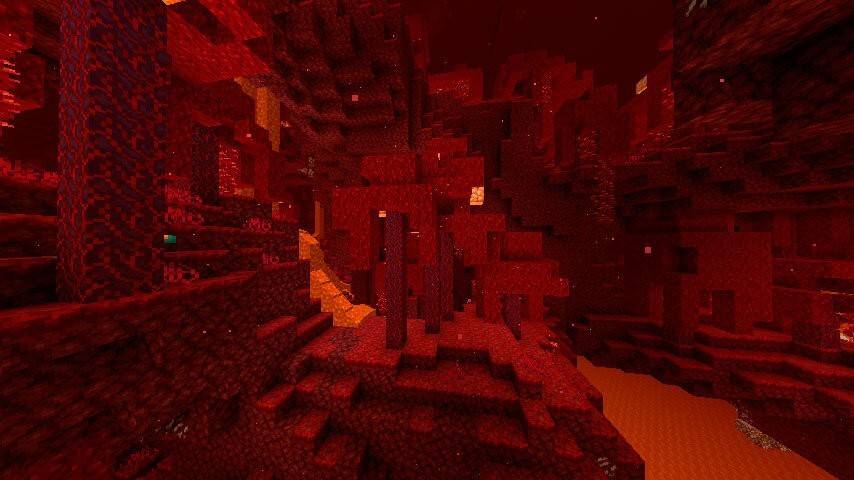 Image: pixelmon.site
Image: pixelmon.site
The Nether's other wood type, crimson wood's red-purple hue is perfect for dark or demonic themes. Its fire resistance makes it ideal for hazardous environments.
Cherry
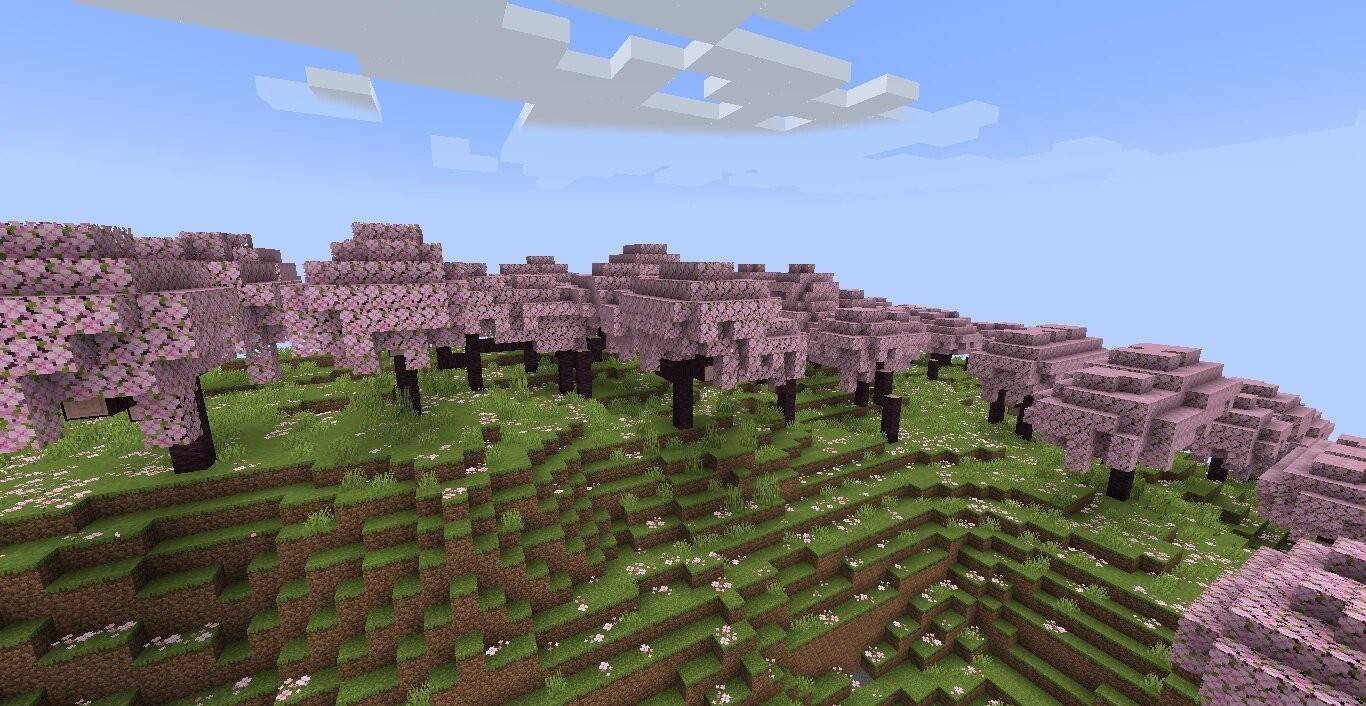 Image: minecraft.fandom.com
Image: minecraft.fandom.com
Found only in cherry grove biomes, cherry trees feature unique falling-petal particles. Its bright pink wood is excellent for interior decoration and crafting unique furniture.
Azalea
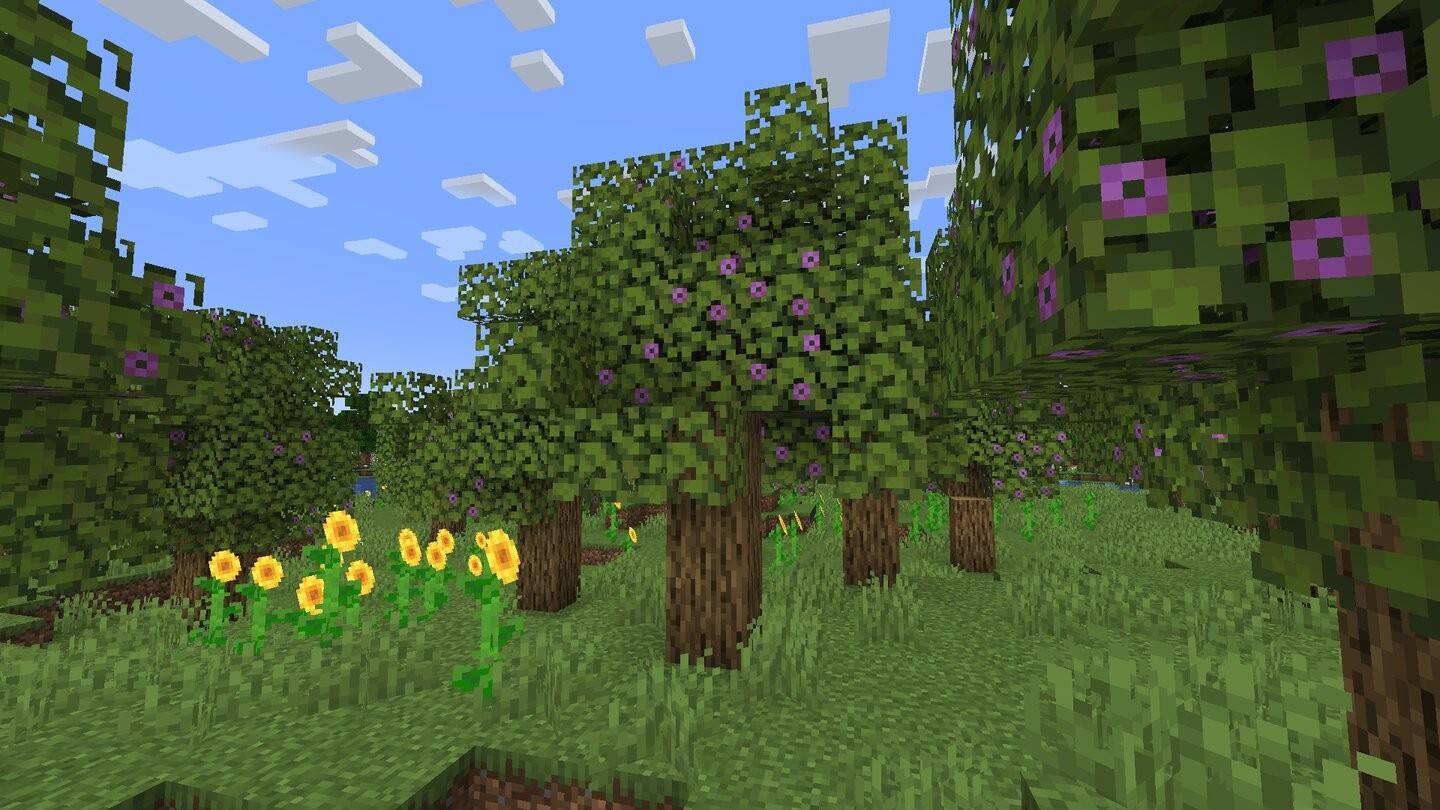 Image: ensigame.com
Image: ensigame.com
Similar to oak but with a root system, azalea trees grow above lush caves. Its wood is standard oak, but the flowering tree itself adds visual interest.
Conclusion
Minecraft's wood types offer far more than basic crafting materials; they are the building blocks of creativity and survival. While crafting functionality remains consistent, the diverse textures and colors unlock a world of architectural and decorative possibilities. Explore, experiment, and build your Minecraft masterpieces!
How to Start Cars Without Keys in Project Zomboid
Black Clover M: Latest Redemption Codes Revealed!
Awakening of the Ninjas Codes (January 2025)
Roblox Releases New Liar's Table Codes
PUBG Mobile to launch a new collaboration with luggage brand American Tourister, coming next month
Activision Defends Against Uvalde Suit
Unlock Hidden Fortnite XP with Exclusive Map Codes
Roblox: Omega Rune Incremental 2 Codes (January 2025)
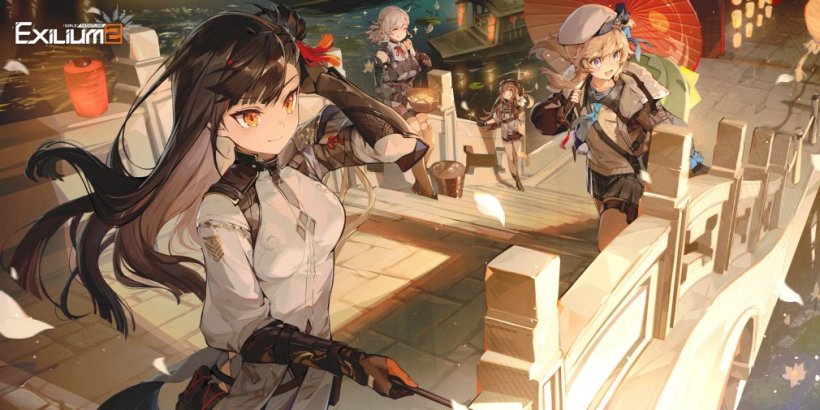
Global Release Date Set for Girls Frontline 2: Exilium
Feb 21,2025

Exclusive Redeem Codes for 'Lord of Seas' Unleash Adventures in January 2025
Feb 21,2025
![Nintendo Switch 2\'s Rumored C Button May Have a Weird Function [UPDATED]](https://img.uziji.com/uploads/82/17368887736786d1c5d2662.jpg)
Nintendo Switch 2\'s Rumored C Button May Have a Weird Function [UPDATED]
Feb 21,2025

Loongcheer Game Drops Haunted Mansion: Merge Defense On Android
Feb 21,2025
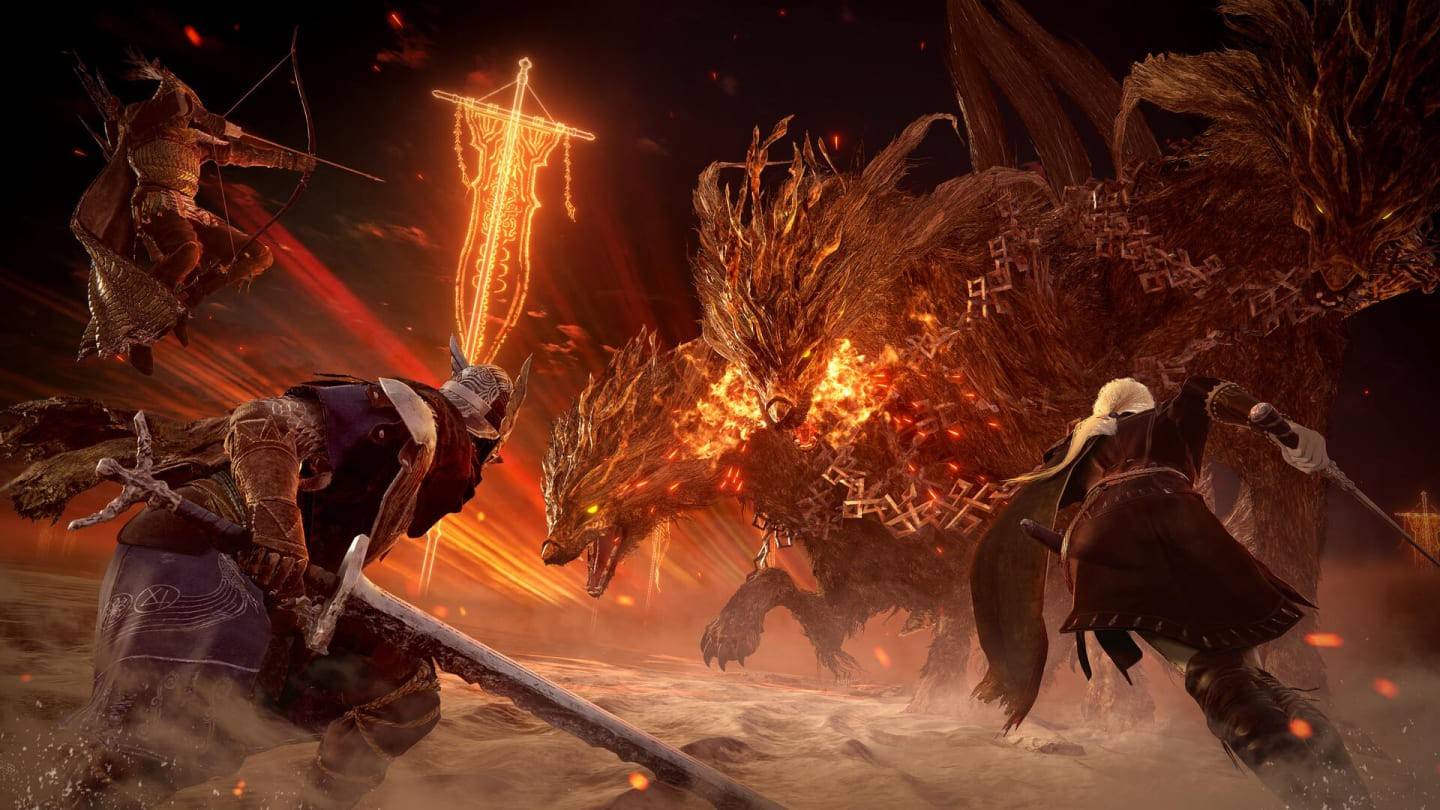
New Immersive Open World: Dynamic Terrain in Elden Ring Nightreign
Feb 21,2025